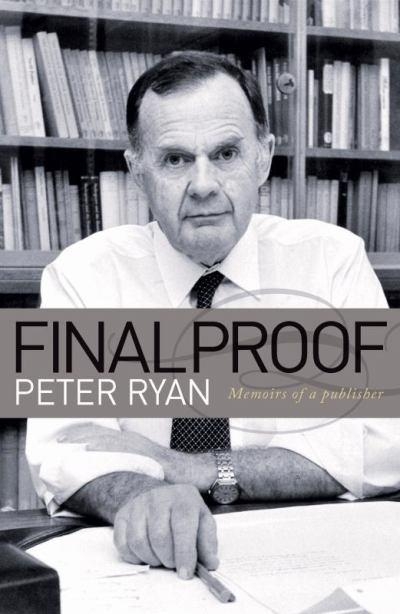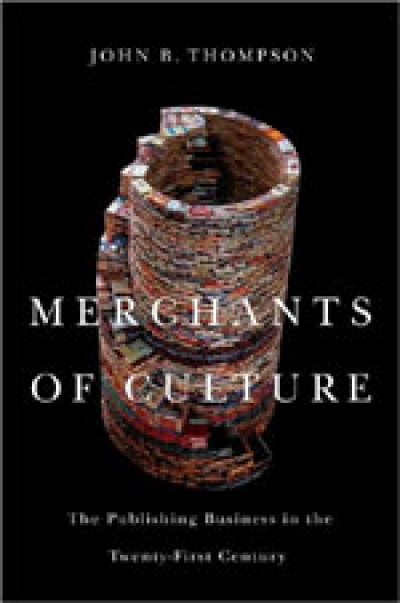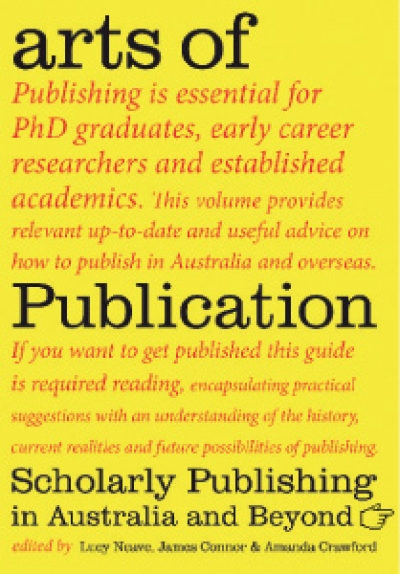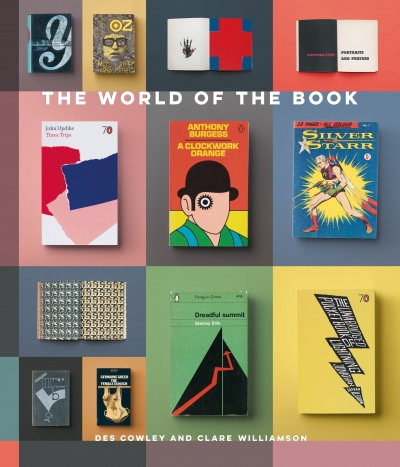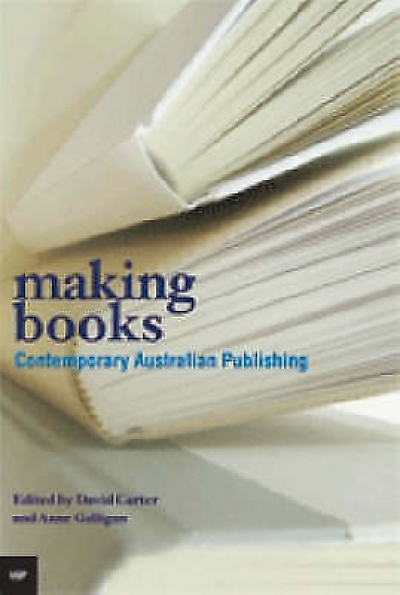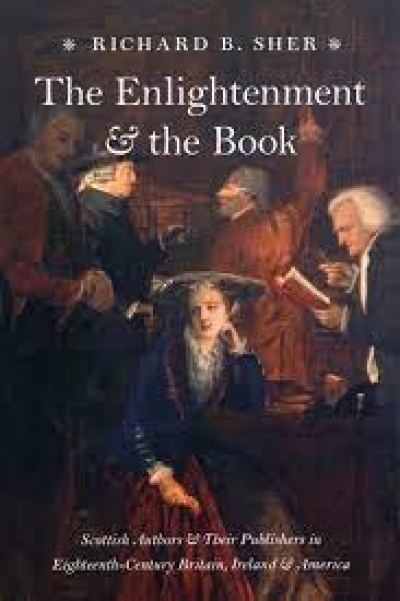Publishing
British author Glen Duncan released his eighth novel this year, the title of which, The Last Werewolf, is fairly self-explanatory. Although a much more philosophical (and entertaining) read than one might imagine in our current supernaturally-dominated ‘box-office’ novel landscape, Duncan’s book was a marked departure from an author better known for h ...
It’s not often that literature makes the front page of the Sydney Morning Herald, but on 3 November 2006 the lead story was a report by David Marr about the National Library of Australia’s purchase of a collection of Patrick White’s papers, previously thought destroyed. Other media, both in Australia and internationally, picked up the story. The T ...
Merchants of Culture: he Publishing Business in the Twenty-First Century by John B. Thompson
'Alpha and Omega' Nathan Hollier on the establishment of Monash University Publishing
On 8 September 2010, in the foyer of the Robert Blackwood Hall at Monash University, beneath the beautiful ‘Alpha and Omega’ stained-glass window created by Leonard French and connoting humankind’s endless striving for achievement, Monash University ePress became Monash University Publishing. It was very appropriate that the press should be launched by B ...
Why do you write?
It’s not really a choice, but a necessity. Usually, it is the pressure of an idea or an emotional state that only seems to be satisfactorily released as words on a page. Sometimes, if there is a choice involved, it is in choosing not to write.
Are you a vivid dreamer?
Yes. A lot of my work originates in dream. Glissando began as a transcription of a dream I had longer ago than I care to admit.
... (read more)
